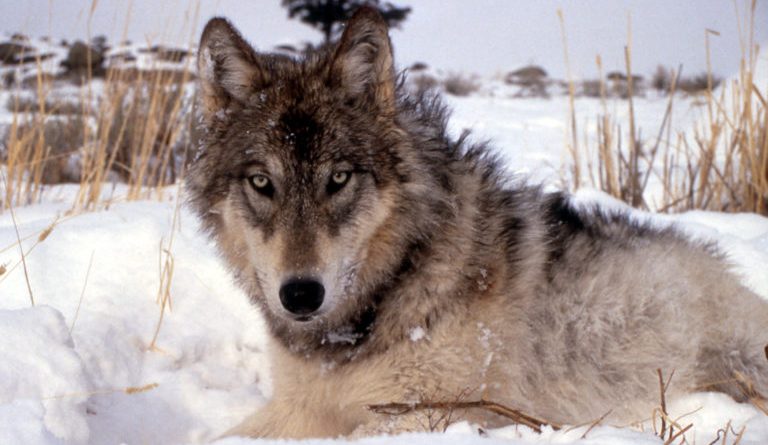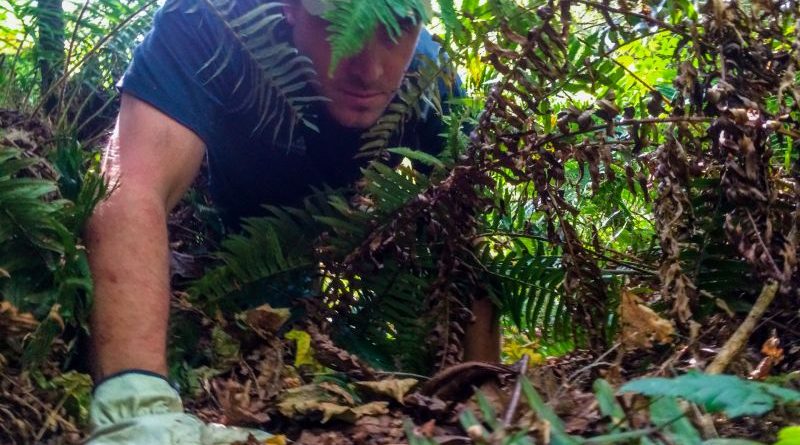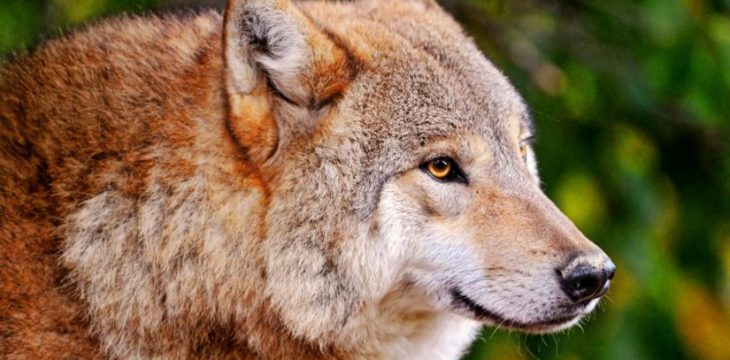Overview
The red wolf is one of the engendered species in the American fauna population. It was designated as an endangered species in 1967 though it has been under threat for a number of years. The species faced a big challenge due to the alteration and degradation of its habitat. Today, around 200 red wolves roam the US with the majority of them (around 50 to 75 being situated in North Carolina). The unique thing about the red wolves in North Carolina is that it is the only state that offers a wild habitat for the wolves.
Red wolves are crafty and smart animals. They do not have predators in the continent. This increases their rate of survival despite the fact they are threatened. In around 1900, the red wolves roamed the Southeastern US in large numbers. However, they became wiped out gradually to an extent that they were almost extinct. There have been numerous efforts to save the red wolves in the past. For example, in the 1990s, there was an effort to introduce the red wolves to the Great Smoky Mountains. However, in this case, the initiative received waning support. This is because the farmers were angered by the wolves’ behavior of straying out of the park.
Reintroduction of Red Wolves into North Carolina
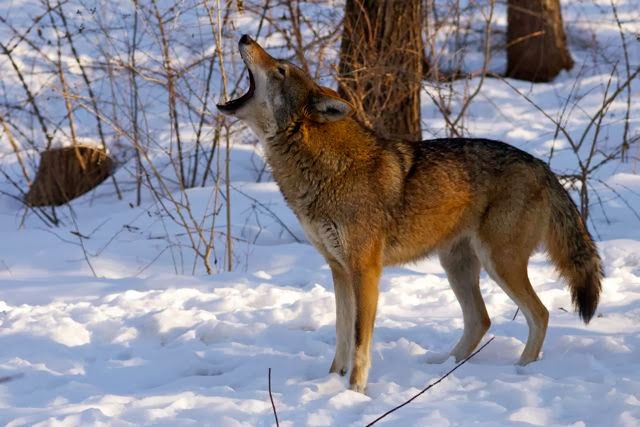 The Endangered Species Act has formulated a set of rules and regulations that will play a critical role in protecting the endangered species, including the red wolf. In this light, the government made deliberate effort to help the red wolves to establish themselves. Captive-bred red wolves were strategically released to the
The Endangered Species Act has formulated a set of rules and regulations that will play a critical role in protecting the endangered species, including the red wolf. In this light, the government made deliberate effort to help the red wolves to establish themselves. Captive-bred red wolves were strategically released to the
North Carolina’s Albemarle Peninsula
Along the way, red wolves did inter-breed with the coyotes creating a breed known as the super-coyotes. Wildlife officials tried to prevent this inter-breeding. They used various methods such as sterilizing, moving, and trapping. Unfortunately, such efforts were inconsequential. There is no much distinction between a coyote and a wolf. In fact, well trained professionals may have a problem distinguishing between the duo.
The Red Wolf Recovery Program
The Red Wolf Recovery Program was introduced 28 years ago. However, it has faced a number of challenges. One of the greatest advantages of the program is that it has helped in the noble conservation of the red wolves. In addition to that, it has played a critical role in giving the endangered species an ideal environment for growth and reproduction and a natural habitat.
The wolves advocates point out that the wolves have helped get rid of weak species such as the deer and the rabbits.Consequently, they have created a natural balance in North Carolina’s eco-system. In connection to this, they have reduced the number of animals that are too weak to survive or have a disease.
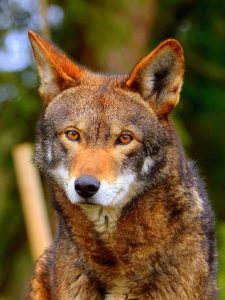 However, the great conservation efforts are now under threat. North Carolina’s Wildlife Resources Commission formally wrote to the federal government stating that there is a need to halt the program. The commission states that the wolves have not been able to remain in their reserved land (federal land). Rather, they have constantly encouraged private land. The commission cites that farmers have cried foul over the behavior of the wolves and have yearned to have the program stopped. Its bone of contention with the red wolves is that they lack a means of self-sustainability.
However, the great conservation efforts are now under threat. North Carolina’s Wildlife Resources Commission formally wrote to the federal government stating that there is a need to halt the program. The commission states that the wolves have not been able to remain in their reserved land (federal land). Rather, they have constantly encouraged private land. The commission cites that farmers have cried foul over the behavior of the wolves and have yearned to have the program stopped. Its bone of contention with the red wolves is that they lack a means of self-sustainability.
Farmers have voiced their concern about their inability to control the red wolves. Similarly, hunters have complained that the red wolves have predited on other animals such as the deer. Jett Ferebee, a hunter, has stated that his efforts to scare away the red wolves using air-horns have failed terribly leaving him at the mercy of the animals. Similarly, the trap-release efforts have failed as well.
Conclusion
The question of red wolves in North Carolina brings to debate the difficulty in establishing a healthy balance between conservation efforts and safeguarding the economic activities of residents (farmers fort instance). On one hand, there are conservationists and scientists who try by all means necessary to advocate for the conservation and habitat freedom of the red wolves. On the hand, there is the landowners and the hunters who are ill at ease with the red wolves and ensure that the red wolves are contained. Whichever, the reconciliation efforts that take place, the debate about how to respond to the red wolves is not going to die soon.


